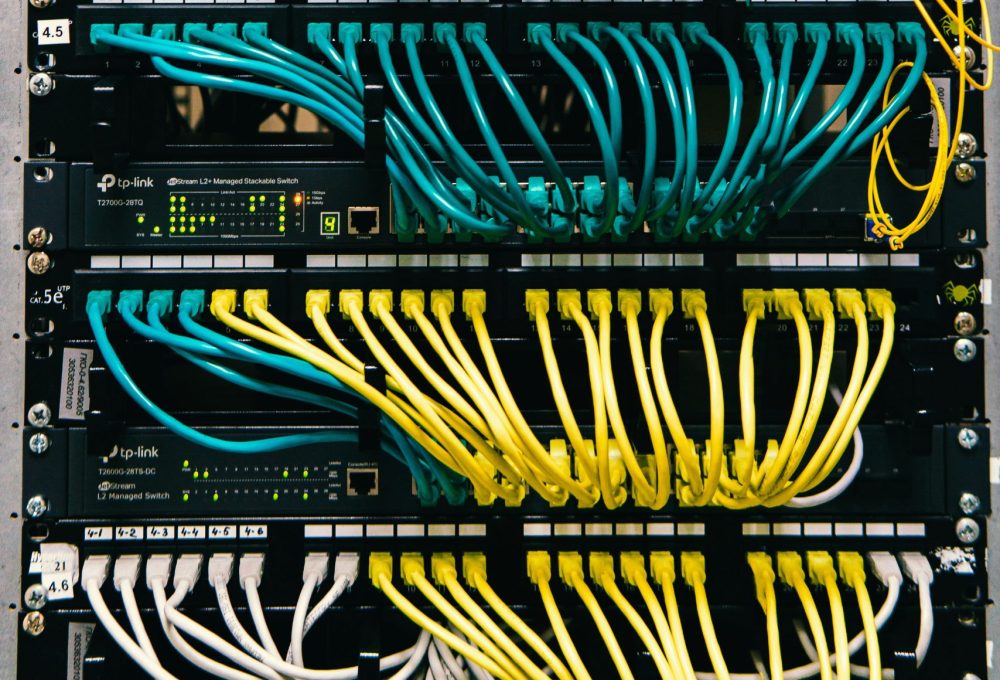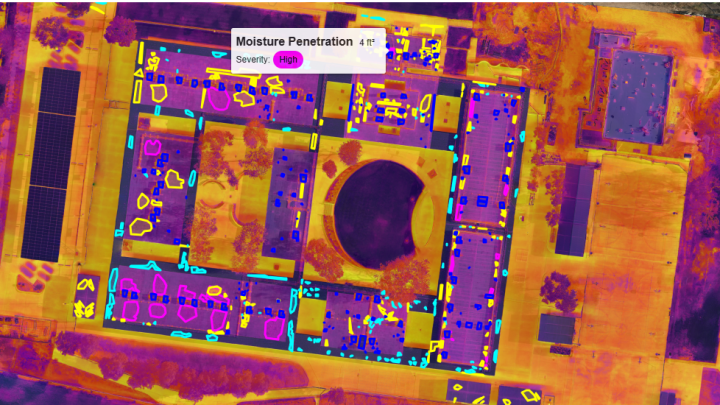
Data centers consume enormous amounts of energy – half of which is spent to cool the hardware that powers our digital world. As data centers proliferate across the globe, the power demand that these facilities require strain the grid and power resources. With such a high demand for power, the energy efficiency of these buildings is essential. The building envelope, the barrier between the cooled interior and building’s exterior, must be thermally secure to optimize energy consumption and reduce waste.
Data Centers: The Powerhouse of the Digital World
Behind all cloud computing software and artificial intelligence (AI) platforms is a data center: large warehouses powering the technologies behind online activity. By 2030, the power needs of data facilities are expected to triple from 3-4% of total US power demand to between 11-12%.
As the use of AI, digitization, and data increasingly integrates with all aspects of our daily lives, the gigawatt demands to power these systems by the end of the decade will require considerably more electricity than what is currently produced.
Every watt consumed by processors emerges as heat. To keep the technologies at an operational temperature, cooling systems require up to half of total energy use. Looking forward, energy efficiency will be critical to sustainably managing the rapidly growing energy demand.
The Case for Urgent Energy Efficiency Improvements
Skyrocketing energy demands, specifically from the expansion of AI, are causing strain on utilities in places with major data center campuses. In northern Virginia, an established global hub of data centers, the electricity grid is facing serious reliability concerns as power demand surges past the region’s capacity to generate it.
In Wyoming, a new data center will use more power than every home within the state and require its own dedicated energy generation sources to not exceed the state’s energy capacity. Without efficiency improvements, new projects like Wyoming’s risk placing severe stress on regions’ grids causing increased energy costs for all and instances of unreliability or energy shortages.
Cooling Efficiency Isn’t Optional
Given the voracious appetite for energy, developers are turning to sources of power outside of the grid, like nuclear and renewables, to power data center campuses. But no matter where the energy comes from, the power demand is still unsustainable at its current rate of growth.
Cooling load is expected to increase further as ambient temperatures, server density, and chip power also rise. Heat from servers and processing warms the internal air temperature which must be cooled to preserve hardware life expectancy, driving heavy focus on climate control.
Cooling these campuses efficiently is central to mitigating data center power demands. Inefficient cooling systems incur far higher operating and maintenance costs while consuming energy avoidable with more efficient internal cooling systems and tighter building envelope elements. Cool air exfiltration and energy leaks through the building façade are exacerbating campuses energy expenditure unnecessarily.
The Building Envelope: The Key (“QEA”) to Efficiency
As energy efficiency is critical to meeting demand, data centers cannot ignore the building envelope in their energy use strategy. Walls, windows, and the roof, some key elements of the building envelope, must effectively keep cool air in and warm air out to avoid any unnecessary energy use.
A well-built building envelope ensures that energy is used optimally, which streamlines both energy demand and costs. For high-energy use facilities like data centers where use and costs are high at their baseline, understanding and addressing the building envelope’s impact is key to energy optimization. The US Department of Energy states that “by improving energy efficiency, the Data Centers sector could save billions in both costs and kWh of energy.”
QEA’s audits quantify energy loss across the building envelope and pinpoint building envelope efficiency and resiliency issues by leveraging drones, thermography, and patented software. Using this data, QEA recommends targeted actions to optimize envelope tightness and efficiency while maximizing return on investment. QEA has audited several large data centers, delivering detailed insights to inform customized retrofits that ensure efficient cooling systems. Contact QEA today for a free quote on a building envelope audit for your data center or building portfolio.


